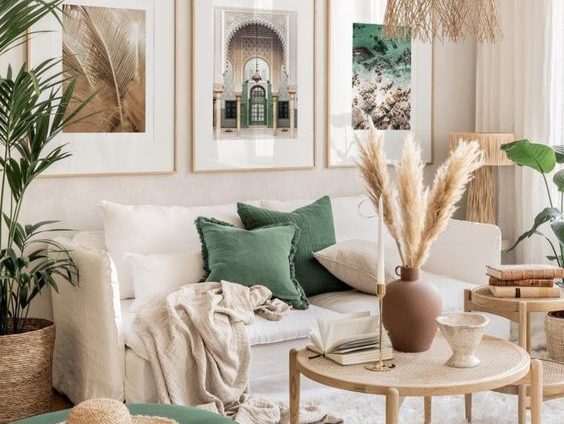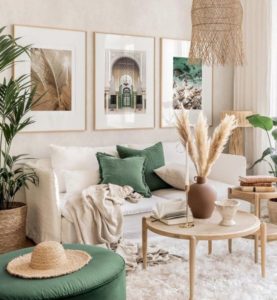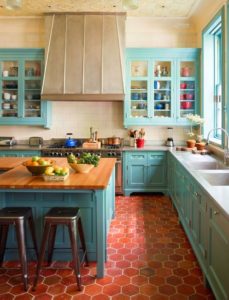
- By: blogger
- Tags: attractive, design, DIY, flooring, hardwood, how to, how to add a pop of color, interior, interior design, laminate floors, lifestyle, low-maintenance, minimalist interiors, must-read, pakistan, pop of color, repair, tile flooring, tile floors for kitchen, tiles, unique patterns, vinyl
- Category: Uncategorized
- 0 comment
There are several reasons why owners decide to add pop of color in each space. Adding various colors gives your home individuality and uniqueness, whether it’s to set a certain mood or harmonize with other interior design components. The variety and styles you can use in your home design are virtually endless.
To learn how to decorate your home and add pop of color, keep reading.
Adding a floor color based on room size
Consider a bedroom that is only big enough for a bed and a dresser. Bright colors are the key to making your bedroom appear larger. Selecting flooring with a neutral color scheme will highlight the walls and furniture in the room. White-gray, cream, beige, and other neutral tones assist visually heighten the space without being overbearing.
Consider sandstone, beige, or light grey floors for larger spaces, such a living room, to keep the space feeling spacious and open. To make a living room feel cozier, you may also use blue or green tones in the carpet or tiles. Installing light-hued hardwood and scattering a few colorful rugs across the room will give you the best of both worlds.
The bathrooms in a house range in size from the downstairs powder room to the bathroom in the master bedroom. To make the space appear larger, it is advised to maintain the floor darker than the walls and ceiling. For your bathroom, colorful ceramic and porcelain tiles are particularly inexpensive possibilities. If you opt for a brighter floor, you can add a lighter color to gorgeously reflect the sunlight coming in from the windows.

Experiment with unique patterns
When picking patterned flooring, it’s important to match the color palette of your surroundings.
For instance, broader, light-colored hardwood gives a contemporary kitchen a feeling of space. To make your kitchen appear less cluttered. if your walls or appliances are darker, think about keeping your patterning simple with neutral oak planks. To make the space stand out, you could also use patterned vinyl or laminate floors in a smaller neighboring space like the pantry.
On the other hand, if your walls are a neutral tone, adding vibrant and striking floor tiles to your dining area or kitchen might add a special touch. Colors can be changed to suit a pattern, such as marble or a geometric pattern. When it comes to tiles, don’t be scared to take a risk because there are countless design options.

Balance New and Existing Flooring
By incorporating both modern and antique flooring, an older house can enhance its interior design. There are various techniques to make sure that time periods in your home remodeling project flow smoothly. A neutral kitchen tile, for instance. It can provide the impression of cleanliness and seamlessness to visitors entering from your classic living room. Particularly, subdued colors might go well with antique wooden flooring.
Sectioning off a room with contrasting bright colors will create a primary focus point for your living space. Which is ideal for homeowners who want to add a tiny pop of color to their current flooring. Pinks, yellows, and greens can provide a cheerful atmosphere and go well with both bright and neutral furnishings. For instance, think about lining your front door with colorful tiling.
Consider using color combinations that complement the feel and appearance of the adjacent room when adding new room additions, such as a sunroom or porch. Guests want to feel at home when they enter the new space. For a sense of continuity, a soft blue laminate floor pairs with an older neutral-colored hardwood floor.

Focus on the focal points
By keeping the ground neutral and focusing on the nearby objects, you can still make your home lively even if it already includes colorful furniture and artwork.
For instance, if you have a dark red couch, add a beige or light walnut floor to welcome guests without distracting them from your living space. Keep the flooring in a subdued shade of white, grey, or brown to highlight your elaborate draperies or colorful wall hangings. Consider a beige paneled floor to draw attention to your fireplace and give the room an airier feel if it is darker than the rest of the space.
